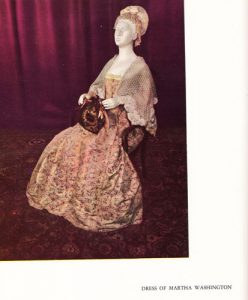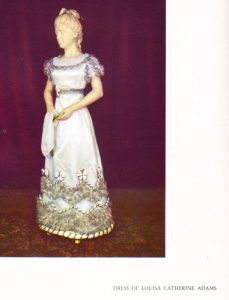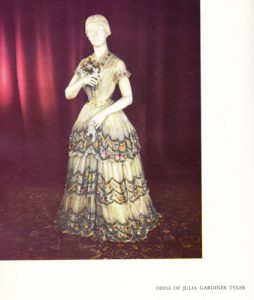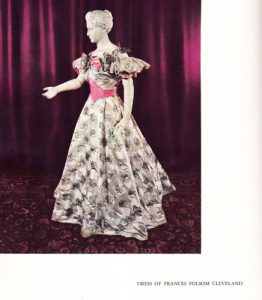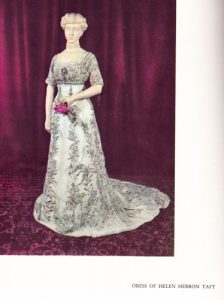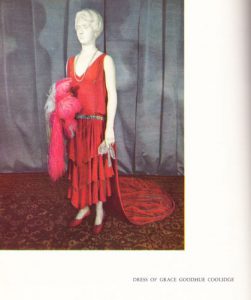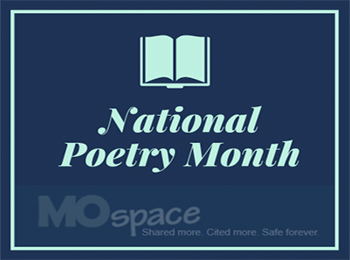Each month we provide an overview of University of Missouri authored articles in medicine and related fields as well as a featured article from a School of Medicine author with the highest journal impact factor.
This month’s featured article:
“A lipid-based partitioning mechanism for selective incorporation of proteins into membranes of HIV particles” was co-authored by Dr. Marc Johnson of the Department of Molecular Microbiology & Immunology. The article was published in Nature Cell Biology (impact factor of 19.064 in 2017).
See the list of publications in medicine and related fields we retrieved for this month: http://library.muhealth.org/resourcesfor/faculty/faculty-publications/apr2019/
Subscribe to Health Sciences Library News to receive the monthly recent publications update in your email.
*This list is not intended to be comprehensive.
Did we miss something? Email asklibrary@health.missouri.edu and we will add your publication to the list.


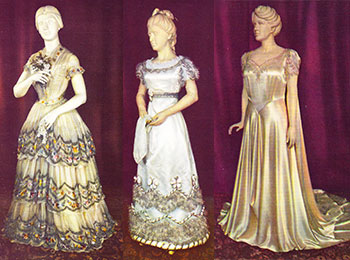
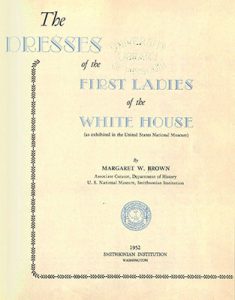 Detailed descriptions of each dress, as well as a portrait and brief biographical sketch of each woman, are also included. The gowns, which belong to a collection of the
Detailed descriptions of each dress, as well as a portrait and brief biographical sketch of each woman, are also included. The gowns, which belong to a collection of the 